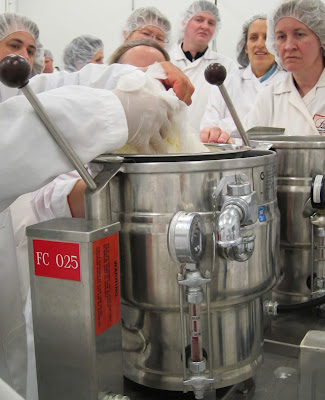Switch: How to Change Things when Change is Hard - Part Three

Shape the Path
We have a tendency to blame problems on the people, not the situation. If we are annoyed with our spouse or a co-worker, we blame it on their personality, whereas the problem may actually be caused by the situation. “A good change leader never thinks, ‘Why are these people acting so badly? They must be bad people.’ A change leader thinks, ‘How can I set up a situation that brings out the good in these people?’”
Tweak the Environment
It’s often easier to change the environment than human behaviour. For example, one individual was determined not to use his cell phone while driving so he locked it in the trunk of his car. Lawn mowers and many other pieces of machinery have an automatic off to make sure that people don’t cut their toes or fingers off. “Tweaking the environment is about making the right behaviors a little bit easier and the wrong behaviors a little bit harder.”
Build Habits
It is easier to change our habits if we change our environment because the two are linked. If you imagine a time and a place when you will do something, you are more likely to do it. For example, if you decide you will go to the gym after dropping your kids off at school, you are more likely to actually do it. By creating an action trigger, you are passing control over to the environment and protecting yourself from bad habits, distractions and competing goals.
Rally the Herd
People are strongly influenced by their peers. Consciously or subconsciously, we imitate other people’s behaviour. If you have obese friends, you are more likely to be obese. We are even more likely to imitate other people’s behaviour in ambiguous situations. For example, at a formal dinner, we watch other people to see what fork or spoon they are using.
Peer pressure encourages people to change their behaviour. For example, signs in hotel bathrooms asking people to use their towels more than once are more persuasive if they say that most hotel guests reuse their towels.




Comments